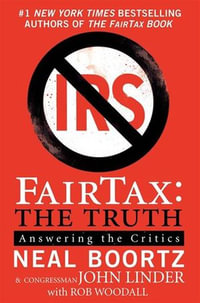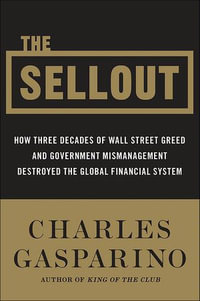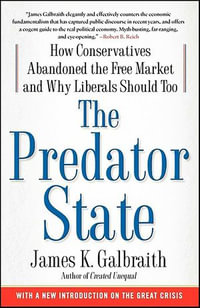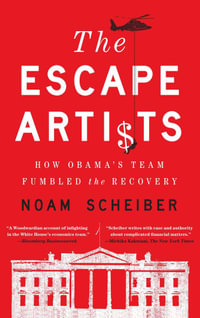Booktopia has been placed into Voluntary Administration. Orders have been temporarily suspended, whilst the process for the recapitalisation of Booktopia and/or sale of its business is completed, following which services may be re-established. All enquiries from creditors, including customers with outstanding gift cards and orders and placed prior to 3 July 2024, please visit https://www.mcgrathnicol.com/creditors/booktopia-group/

At a Glance
eBook
RRP $84.99
$76.99
Instant Digital Delivery to your Booktopia Reader App
ISBN: 9781137529275
ISBN-10: 113752927X
Published: 31st May 2016
Format: ePUB
Language: English
Audience: Professional and Scholarly
Publisher: Springer Nature
Country of Publication: GB
You Can Find This eBook In
This product is categorised by
- Non-FictionEconomicsEconomic Growth
- Non-FictionReference, Information & Interdisciplinary SubjectsInterdisciplinary StudiesDevelopment Studies
- Non-FictionEconomicsPolitical Economy
- Non-FictionEconomicsDevelopment Economics & Emerging Economies
- Non-FictionEconomicsEconomic History
- Non-FictionBusiness & ManagementInternational Business
- Non-FictionEconomicsInternational EconomicsInternational TradeTrade Agreements
- Non-FictionPolitics & GovernmentInternational Relations
























